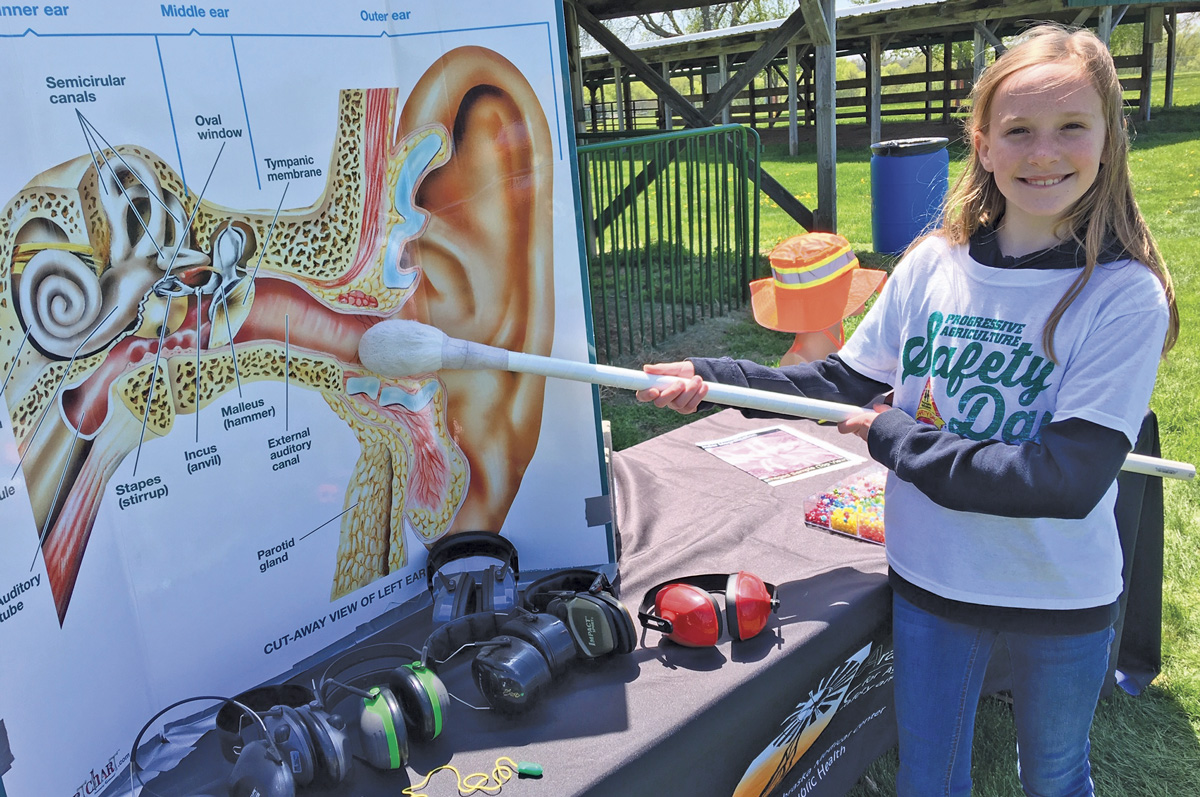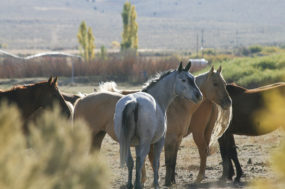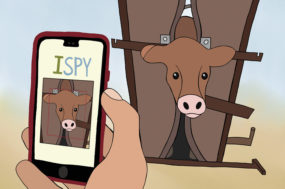Humans have five senses: sight, hearing, smell, taste and touch. Our bodies receive signals through sensory organs, which include our eyes, ears, nose, tongue and skin. Each of these organs has special nerves that send signals to the brain. Unfortunately, the absence of quality care from medical professionals and day-to-day tasks, both on and off the farm, can damage our senses, especially regarding our hearing and vision. In many cases, when damage occurs, it can be permanent. However, proactive measures can prevent hearing loss or visual impairments.
May hosts not one but two awareness campaigns centered around protecting two of our senses. The American Academy of Audiology sponsors Better Hearing Month, and the National Eye Institute sponsors Healthy Vision Month.
Say what? The deafening impact of noise
Did you know that noise is one of the most common causes of hearing loss? Loud noises, from a single shot fired from a shotgun at close range to repeated exposure to noisy machinery, can present a serious health risk. Whether the damage occurs instantaneously, over time or through repetitive exposure, it is often permanent and irreversible.
According to the Centers for Disease Control and Prevention (CDC), hearing loss is the third most common chronic physical condition behind arthritis and heart disease. Each year, 22 million individuals are exposed to hazardous noise levels at work, making occupational hearing loss one of the most common work-related illnesses in the U.S. However, personal protective equipment (PPE) can reduce noise exposure and the risk of hearing loss. If the noise or sound level at the workplace exceeds 85 decibels, a person should wear hearing protection.
Protecting young ears and teaching safe behaviors
Many may assume hearing loss only affects older populations, but young people are also at risk. More than 1.1 billion people between the ages of 12 and 35 (nearly 50% of the population in this age range) are at risk of hearing loss due to unsafe listening. A past study by the World Health Organization found that North American children may be exposed to more noise at school than workers from an eight-hour workday in a factory. For example, personal listening devices often have a maximum volume of around 105 decibels.

During a Progressive Agriculture Safety Day, participants can learn various ways to conserve their hearing, from turning down the volume, walking away or using ear protection. They also learn about the hazards of cleaning your ear with a Q-tip. Photo courtesy of the Progressive Agriculture Foundation.
In recent years, the Progressive Agriculture Foundation teamed up with the National Institutes of Health (NIH), in partnership with the University of Michigan and Dangerous Decibels, to develop a hearing safety curriculum for use at Progressive Agriculture Safety Day events. The primary objective of the curriculum is to provide early intervention and initiate conversations on hearing safety from a young age. During a safety station at a Progressive Agriculture Safety Day event, participants learn that hearing loss is preventable and distinguish between noise levels ranging from safe to dangerous by identifying common farm and rural sources of hazardous noise. Through engaging, hands-on learning, three key messages are reinforced:
- Protect your ears. Wear earplugs or earmuffs when around dangerous levels of sound.
- Walk away. Distance yourself from loud noises when possible.
- Turn it down. Lower the volume on things we can control.
With many decibel-reading apps now at your fingertips, it is easier to learn how much noise is in the world around you. Therefore, take a moment to reflect on the noises you encounter daily. Don’t put your hearing health to the test. Instead, invest in protection, walk away or turn down the volume to give your ears much-needed rest.
Say 'eye' if in favor of protecting your vision
We have all heard the saying, “Our eyes are the windows to the world.” Therefore, eye health and good eyesight should be prioritized, as they are essential for physical and cognitive development. Nearsightedness has risen dramatically over the last 50 years. At this rate, without any form of intervention, half the world’s population may be nearsighted by 2050. While some eye conditions are beyond our control, more than 90% of all eye injuries are preventable with suitable eye protection. Here are four ways you can help protect your eyes:
- Wear suitable eye protection when needed, ensuring it fits properly. This is crucial for various activities, such as sports, farm work and household chores.
- Invest in sunglasses with 100% UVA and UVB protection to prevent eye diseases and retinal damage.
- Combat eye fatigue from screens by following the 20-20-20 rule: Take a 20-second break every 20 minutes to focus on something 20 feet away.
- Schedule annual eye checkups with an optometrist, starting as early as 3 years old. Watch for symptoms like blurred vision, eye redness or headaches, and seek prompt medical attention if needed.

Who said safety can't be fun! From high-visibility vests and dust masks to eye and hearing protection, Progressive Agriculture Safety Day participants are challenged to quickly select and wear the appropriate personal protective equipment (PPE) for the agriculture task at hand during a timed relay. Photo courtesy of the Progressive Agriculture Foundation.
Leading by example: Advocating for vision health
As adults, we must be role models for eye safety and health. If we want our children to protect their vision, we must practice what we preach by wearing protective eyewear, like safety goggles and face shields for various tasks and getting annual eye exams. Furthermore, providing proper supervision and taking steps to manage risks, like eliminating potential hazards in and around the home, such as rounding sharp edges on furniture, ensuring guards are in place on equipment and keeping chemicals out of reach, further reinforces our commitment to eye safety. Seeing is truly believing, and we should never take our vision for granted.
Protecting our future generation
At Progressive Agriculture Safety Day (PAF Safety Days), programs offered throughout North America, activities and demonstrations have been designed to educate children, ages 4 to 13, on a variety of safety and health topics. After participants learn potentially life-saving messages, they return home to share the knowledge they gained with their family and friends.
You, too, can join the mission and provide education, training and resources to make farm, ranch and rural life safer and healthier for all children and their communities. Visit the PAF website for more information on how to bring a PAF Safety Day to your local community.









